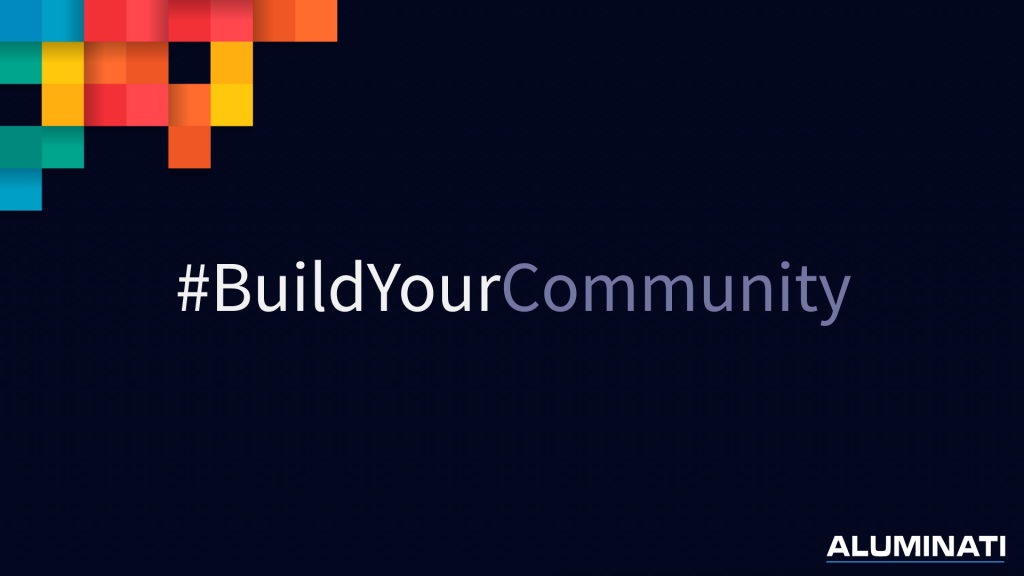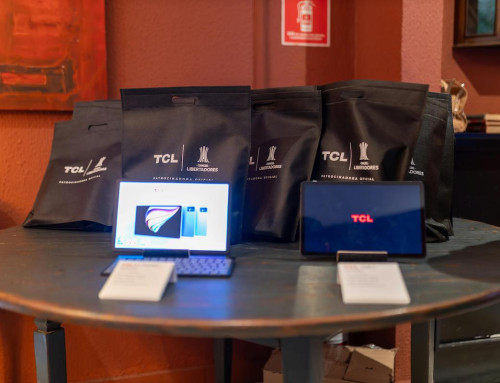What is the key to alumni engagement?
Far too many organizations focus on developing an alumni community, but they miss the mark when it comes to engaging with their members. Without solid interaction and “buy-in”, gaining donations, increasing event attendance, and spreading positive brand awareness will become very difficult.
To help you out, here are some of the biggest alumni engagement mistakes and strategies that can help you skyrocket alumni engagement.
[activecampaign form=5]
Top 6 Mistakes That Could Be Hindering Alumni Engagement

1. Not Having Enough Information About Your Alumni
The first step to increasing alumni engagement in your network is doing your due diligence with your members.
Although the alumni have the commonality that they are all associated with your institution, they might have differing interests. In fact, your alumni will differ in terms of age, areas of expertise, interests, and the relationship and experiences they have had in the field of work and their career aspirations.
By having an accurate picture of who your alumni are and what they are interested in, you will be able to create an accurate buyer persona and develop a more relevant, valuable, and engaging alumni strategy.
It will also allow you to develop a more meaningful human connection with your alumni, to which they will respond better.
Be thoughtful in the way that you communicate with alumni, nurture alumni relationships, and manage your community.
Establishing subgroups and communities within your broader alumni community is also a good idea. This will help you connect and engage deeper with your different alumni members.
To achieve this, you will need to have a strong alumni database. Your alumni database will store all of the relevant information about your alumni to help you understand more about their details.
This can cover their basic details (age, degree, work experience, etc), as well as details about how they have interacted with your institution in the past.
By having all of this information easily accessible, you will be able to create a more meaningful alumni engagement strategy that has a more profound impact.

2. Understanding Your Alumni Needs and Sharing Relevant Resources
Related to the point above, you need to have a solid understanding of your alumni’s needs if you’re going to create content that they want to engage with.
If you’re just sharing general news about your association, this could get repetitive and boring. Instead, the ideal alumni engagement strategy is to target specific alumni segments with content that matches their needs.
For example, fresh graduates will have very different needs and interests compared to older alumni who have already established themselves in their careers. This means you can share content with your younger alumni about aspects like:
- Networking events
- Mentorship opportunities
- Internship opportunities
And anything else that might kickstart their lives after graduation. Older alumni won’t necessarily be interested in this kind of content. Instead, they might be more interested in content that evokes a sense of nostalgia and pride about your institution, events that appeal to them (like events with expert speakers), donation opportunities, and more.
Understanding the interests of your alumni and sharing relevant resources for this creates a more personalized experience. This is necessary for increasing engagement and interest from your alumni.

3. Create Connections With Alumni
A flourishing and successful alumni community is one that creates meaningful connections with each other. And as the community management, it is your role to devise these networking opportunities.
This means using an alumni membership platform instead of just blasting email communications to your alumni contacts. On a dedicated alumni platform, your members can search for each other through a membership directory, connect and engage with each other, access your content, share their own content, and more.
This will give your alumni far more opportunities than simply accessing communications that you send out.
Creating an alumni community like this, as opposed to simply communicating with alumni, will help you generate a lot more engagement. This also helps to provide a more personalized alumni experience because your alumni have more control over what kind of content they can access and who they can engage with.
They will also see the value in belonging to such an alumni network, seeing as there is such promise in the connections they might establish.

4. Create Alumni Engagement And Networking Opportunities
To complement what was stated above, in order to transition the engagement of your alumni members into a flourishing relationship, it is vital that you provide a platform in which they can effectively interact.
This will assist in solidifying the bonds with both you as the institution and their alma mater, and with each other.
Many organizations take a one-sided approach to alumni communication. This means they share information and expect alumni to engage in return.
A more effective way to boost engagement is to provide your alumni with innovative opportunities and experiences. This could be the chance to attend events, and social activities (both online and virtually), respond to surveys and questions, share their experiences, and more.
You can achieve this by hosting networking events and using an alumni engagement platform that offers convenient communication. With a platform like Aluminate, your alumni can access a chat feature to easily connect with each other.

5. Measure Alumni Engagement
A critical part of any alumni engagement strategy is comprehending how to actually measure engagement. If you don’t have clear alumni engagement goals and metrics in place, you won’t be able to understand whether your alumni strategy is actually working.
To measure how successful your alumni content and engagement are, you can monitor metrics such as likes, shares, and comments.
However, you should also look at metrics that relate more directly to your overall objectives. This could include metrics like donations or volunteers. Whatever metrics you choose to measure, make sure that these relate back to your alumni engagement goals.

6. Above All, Add Value
The most important element of any alumni engagement strategy comes down to adding value to your alumni. If you’re not offering ways to improve your alumni’s careers or providing networking opportunities, then you can’t expect them to engage well with your community.
There are many different ways that you can add value. This could be through hosting interesting and exciting events with the key focus of a renowned guest speaker, sharing thoughtful content, providing networking opportunities in the form of “virtual learning hours” or seminars, running a mentorship program, and more.
Having a reliable and user-friendly platform can greatly assist in facilitating this process.

Summary
If you’re not seeing the kind of results you want from your alumni community, then it might be time to change up your alumni engagement strategy.
Use the tips listed above to help you avoid the common mistakes that institutions/organizations make when running their alumni networks.
This will ultimately help you to provide a much more valuable experience for your alumni. In return, you can expect to boost your overall alumni engagement and create a thriving community.





